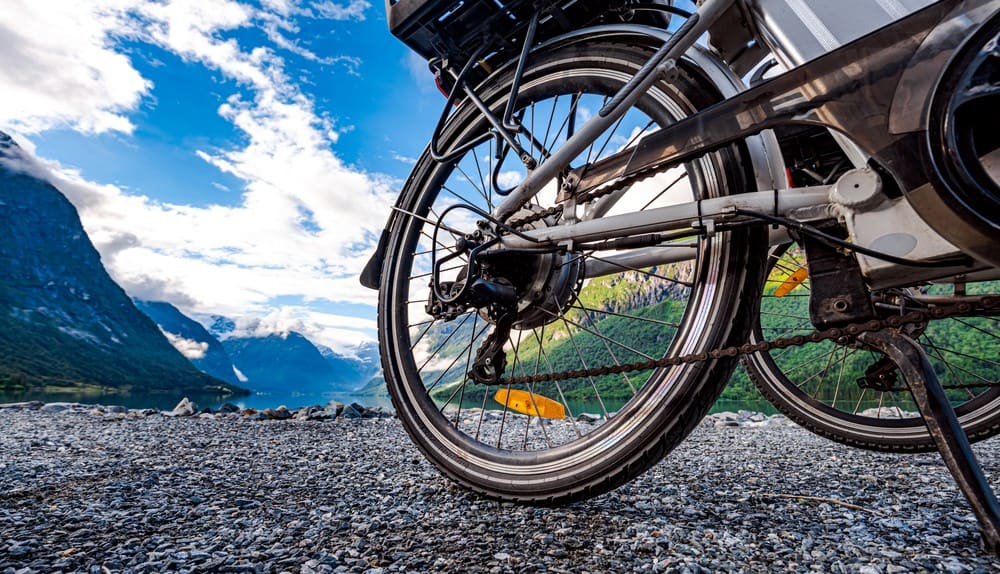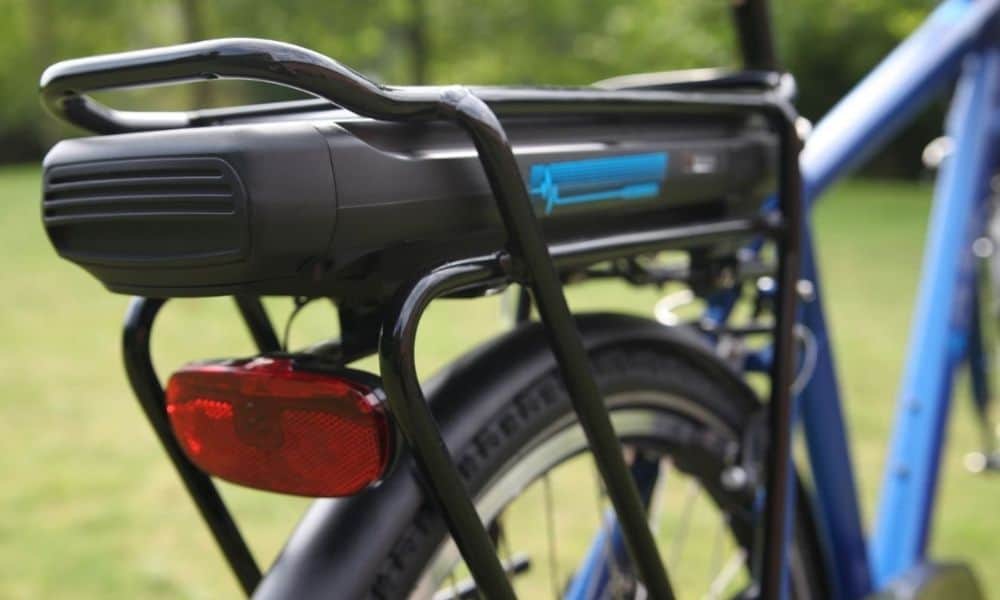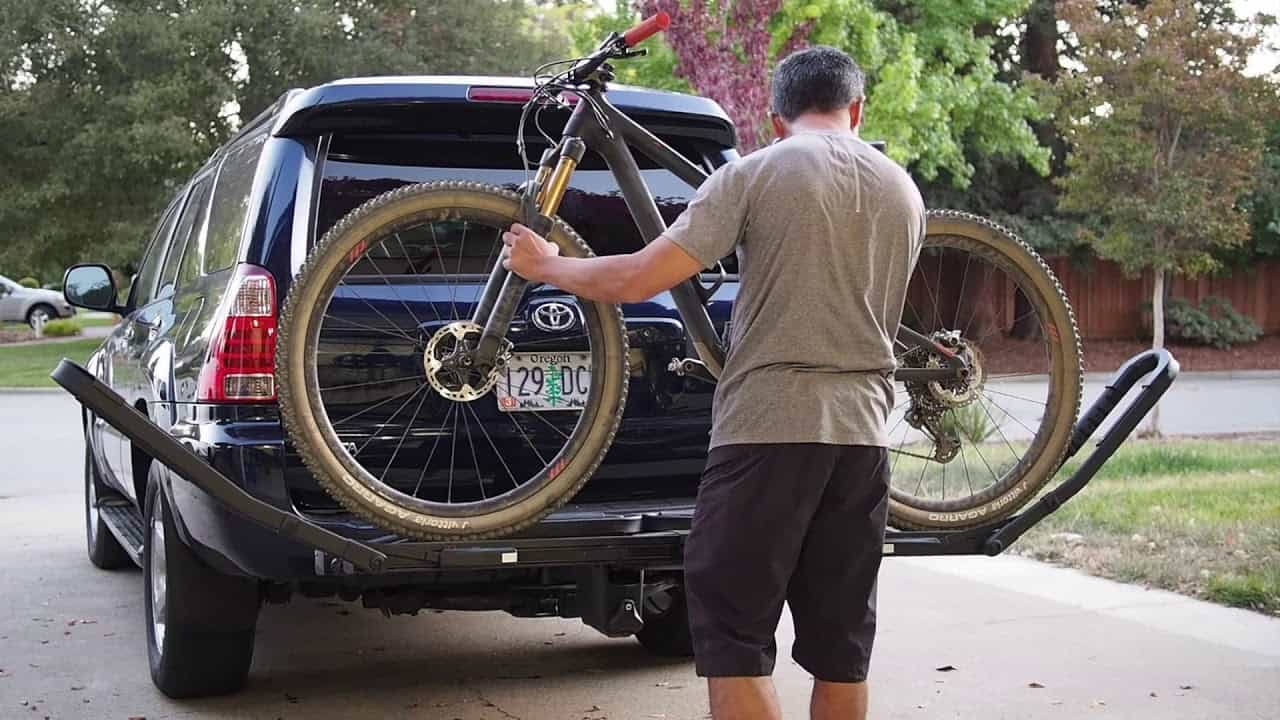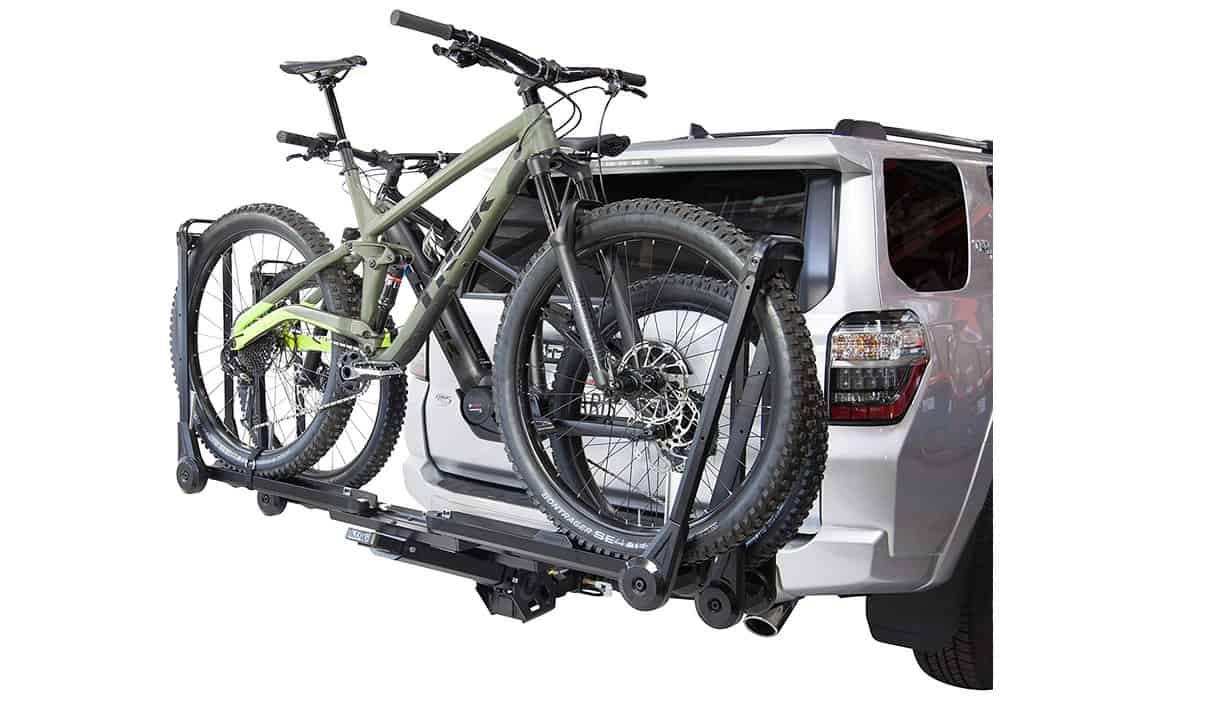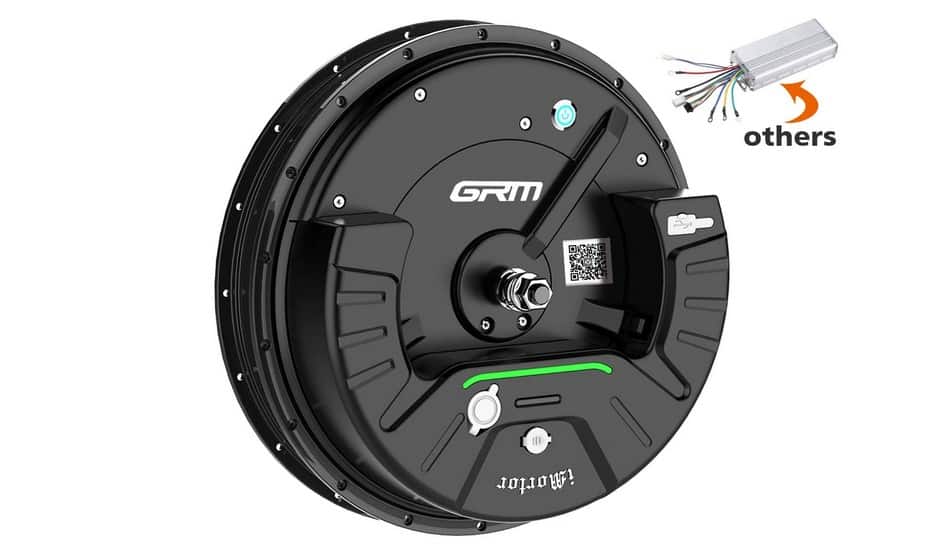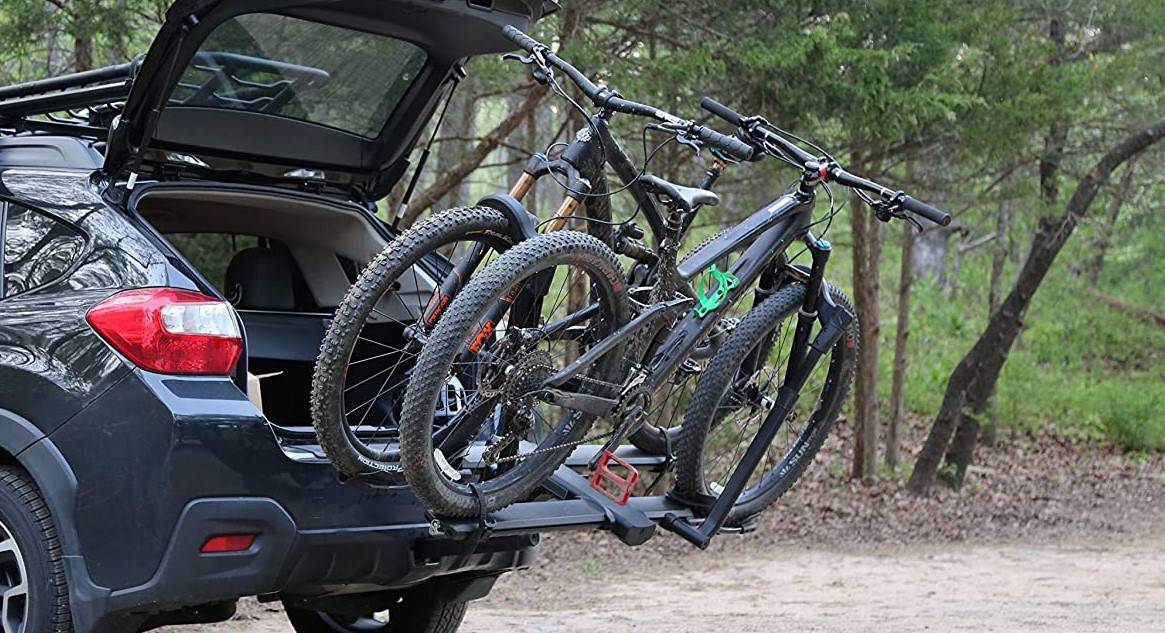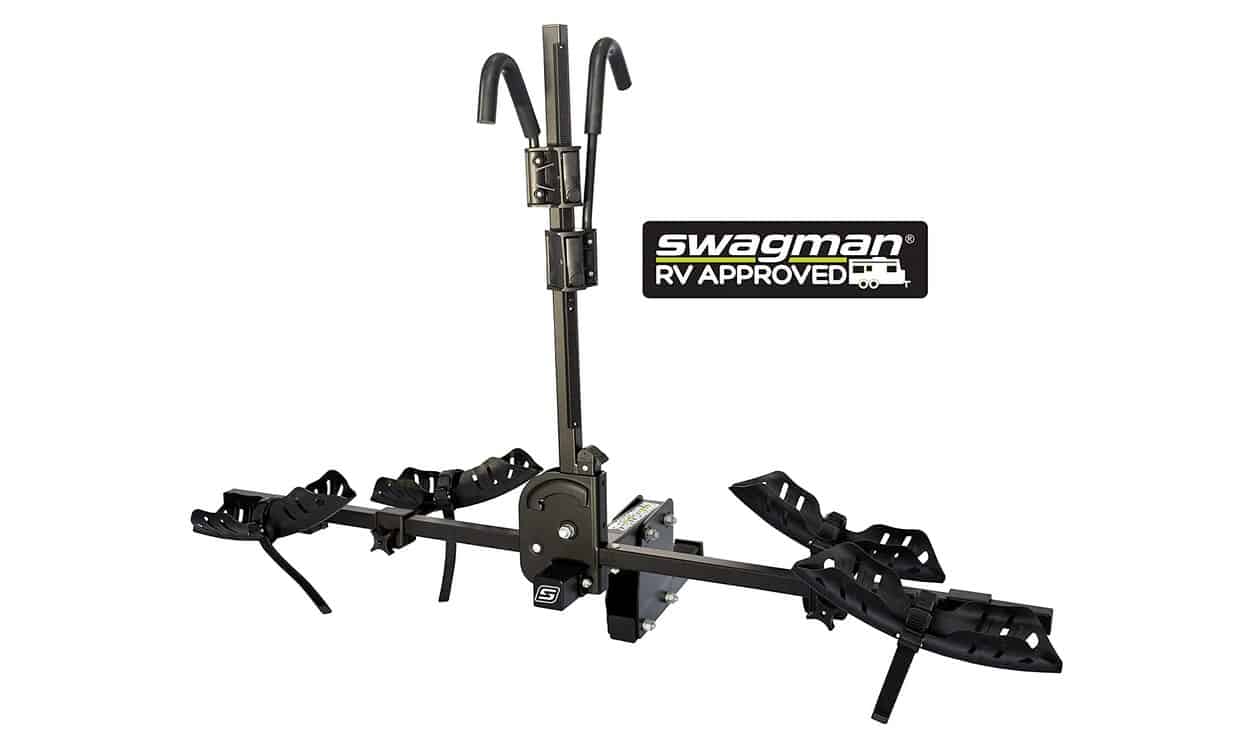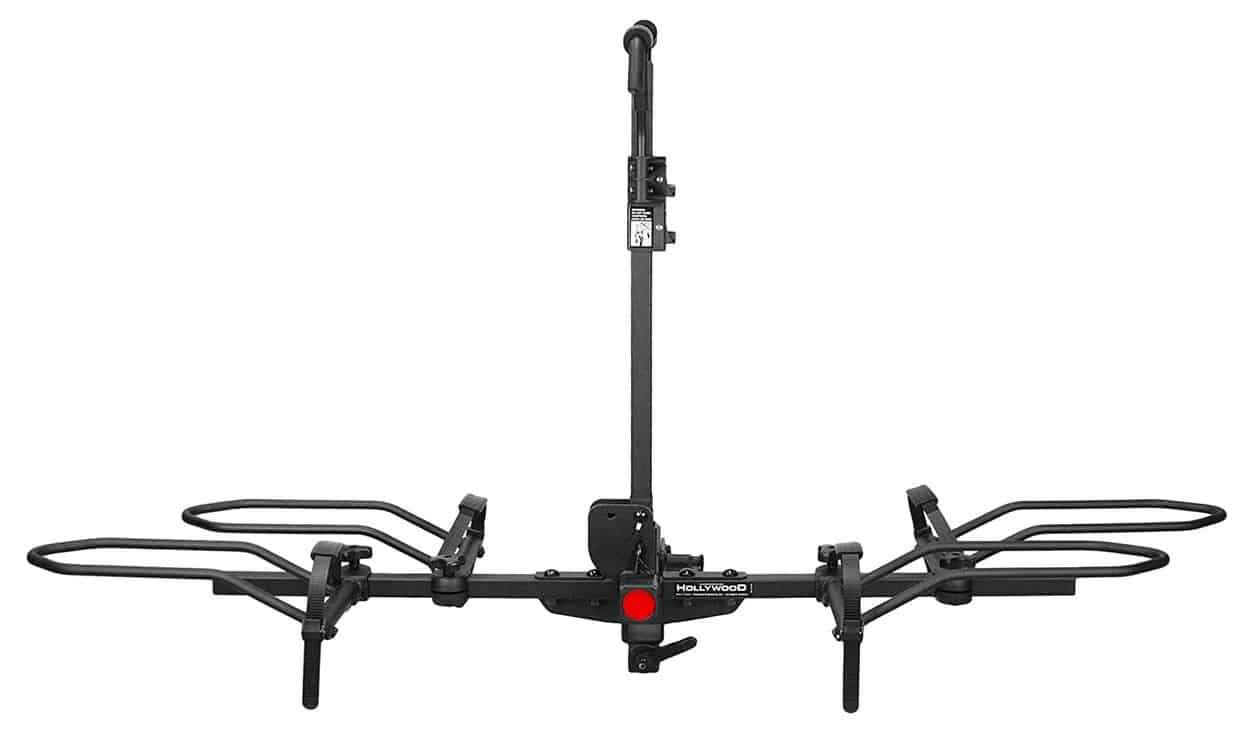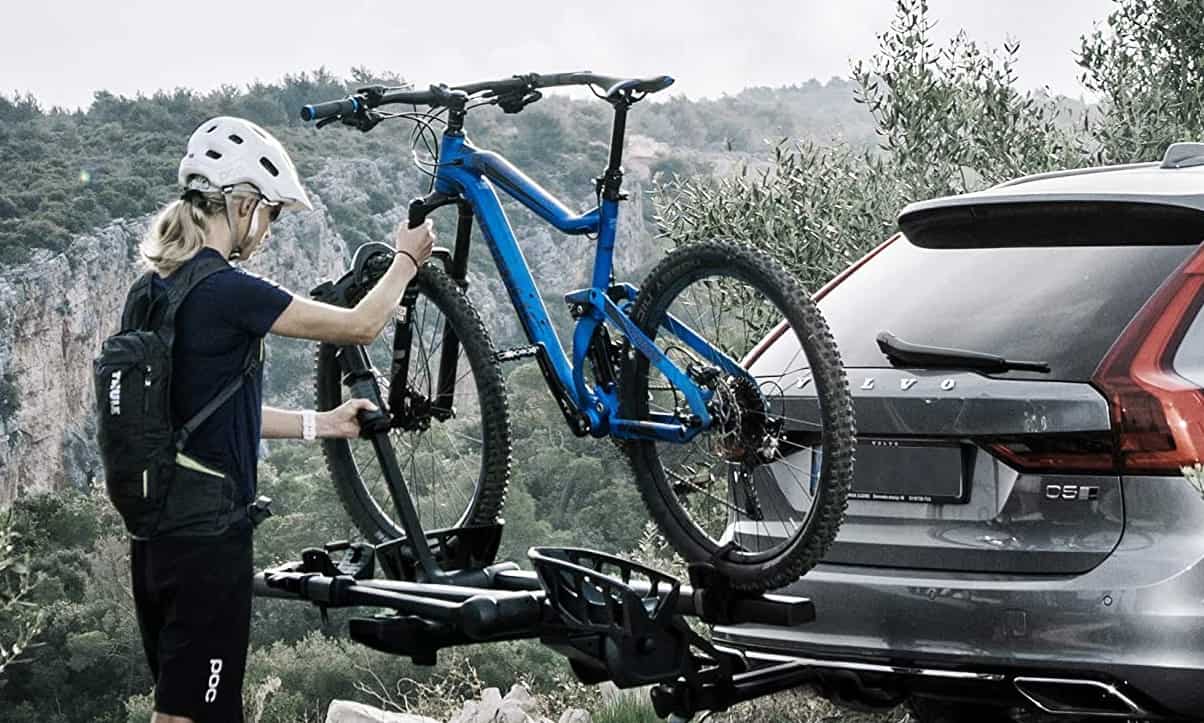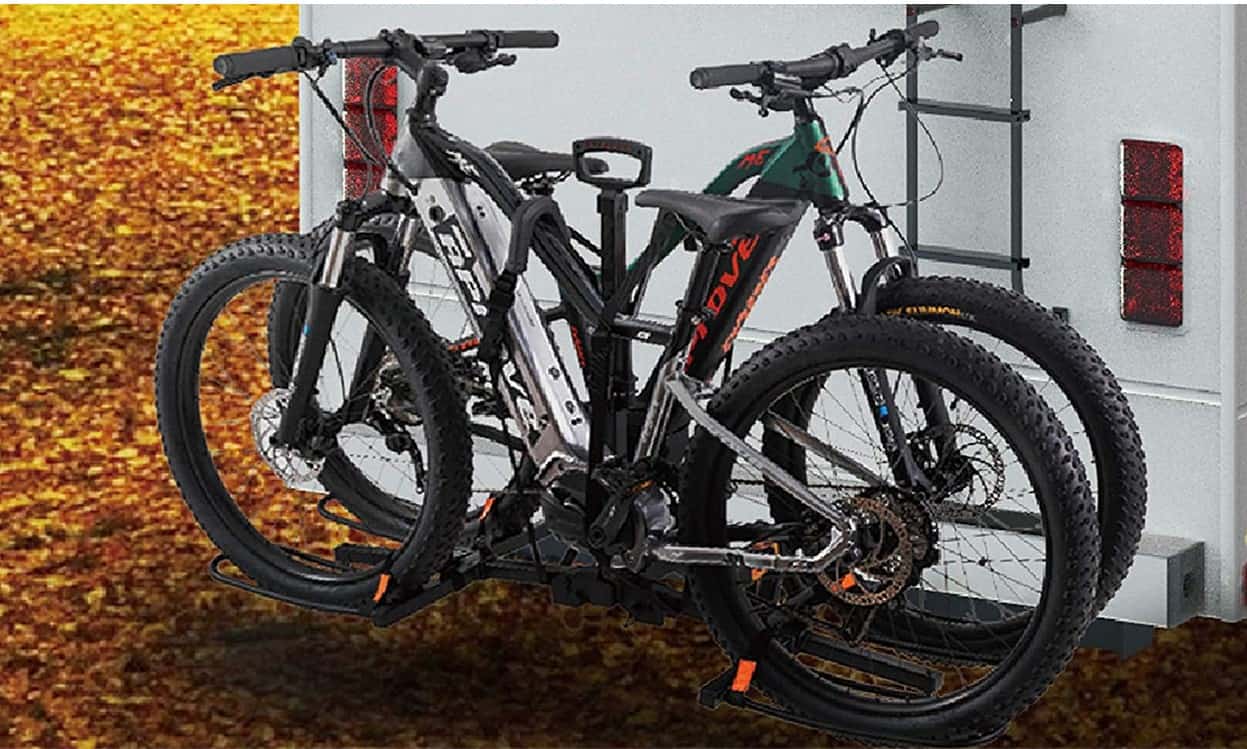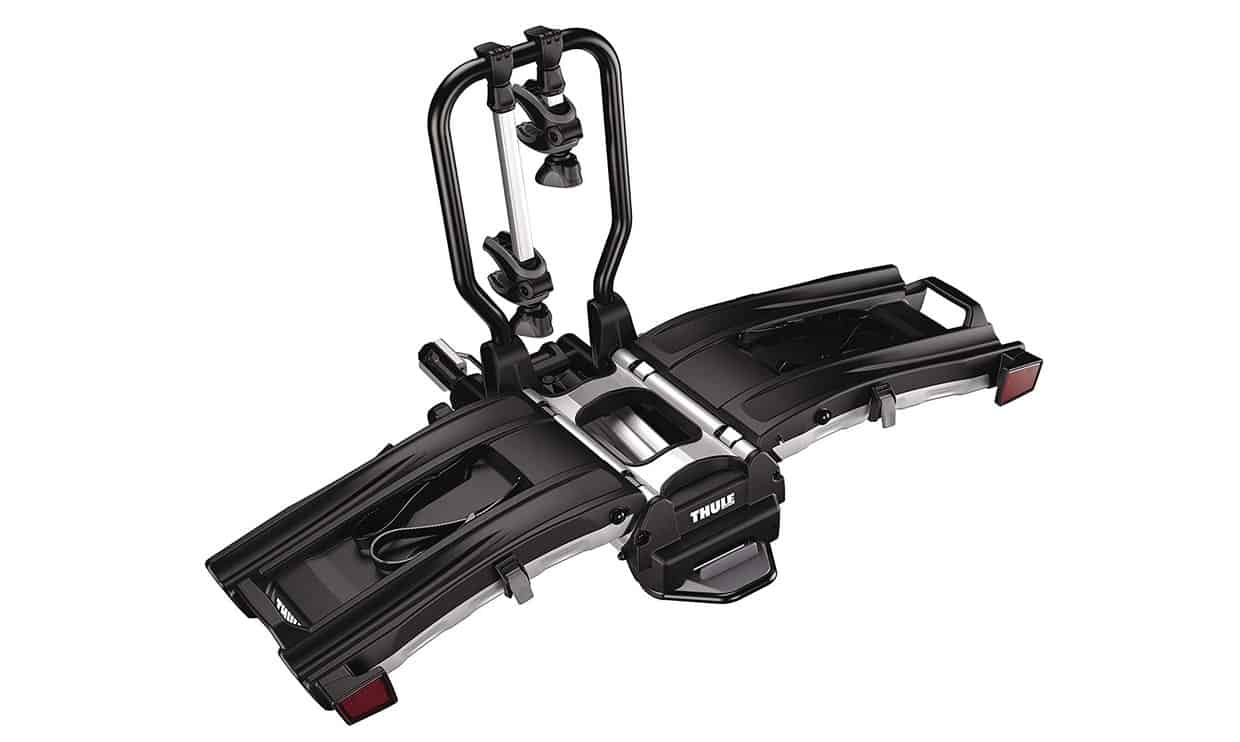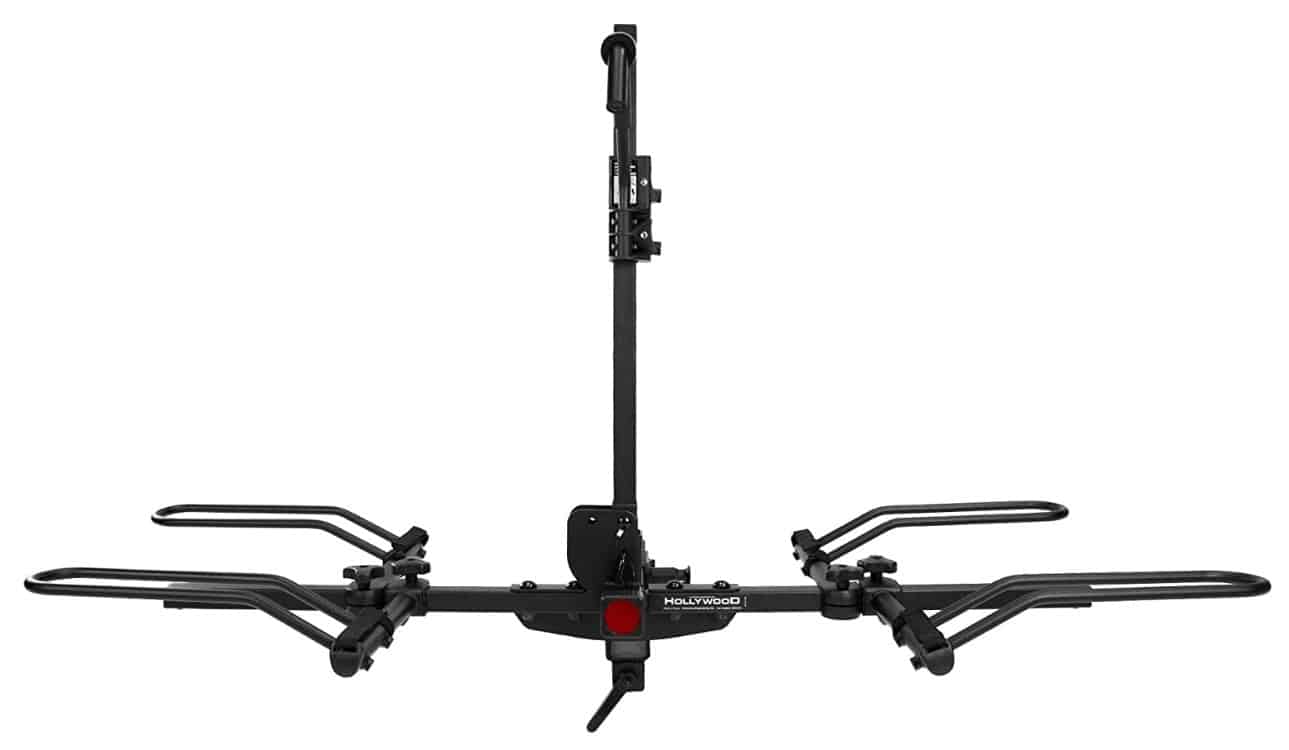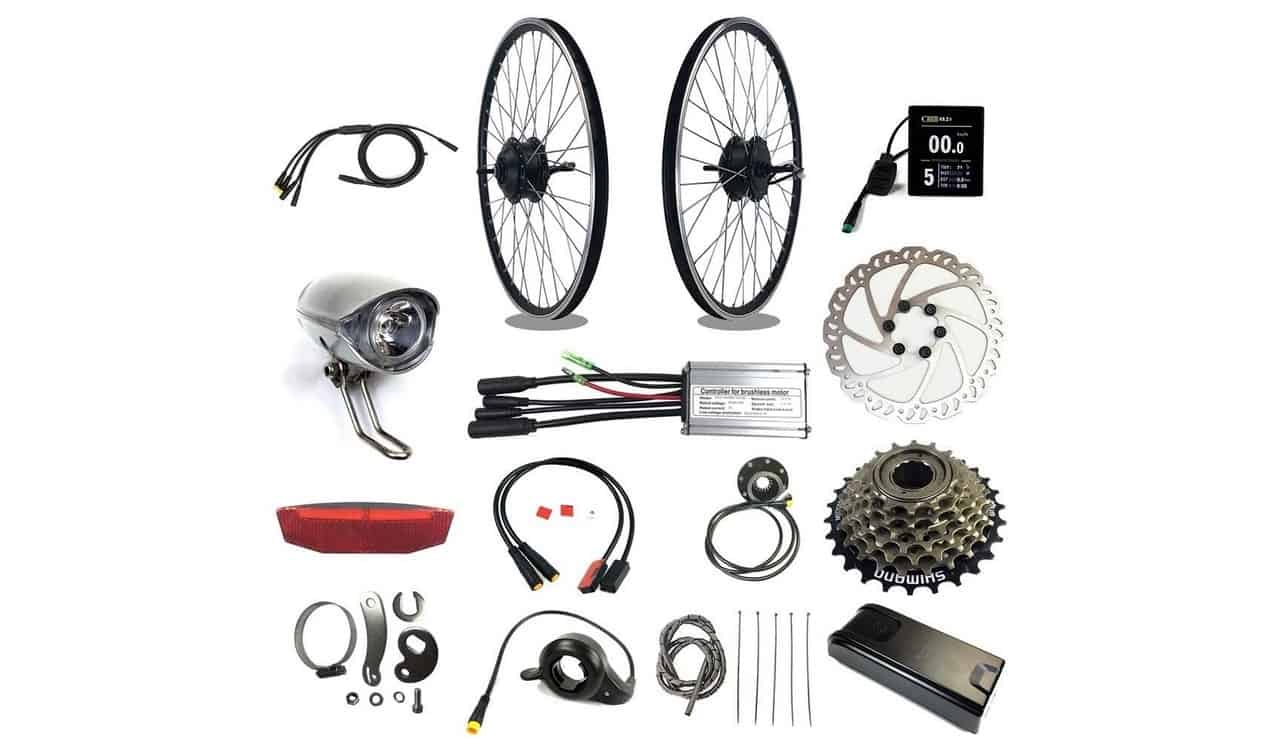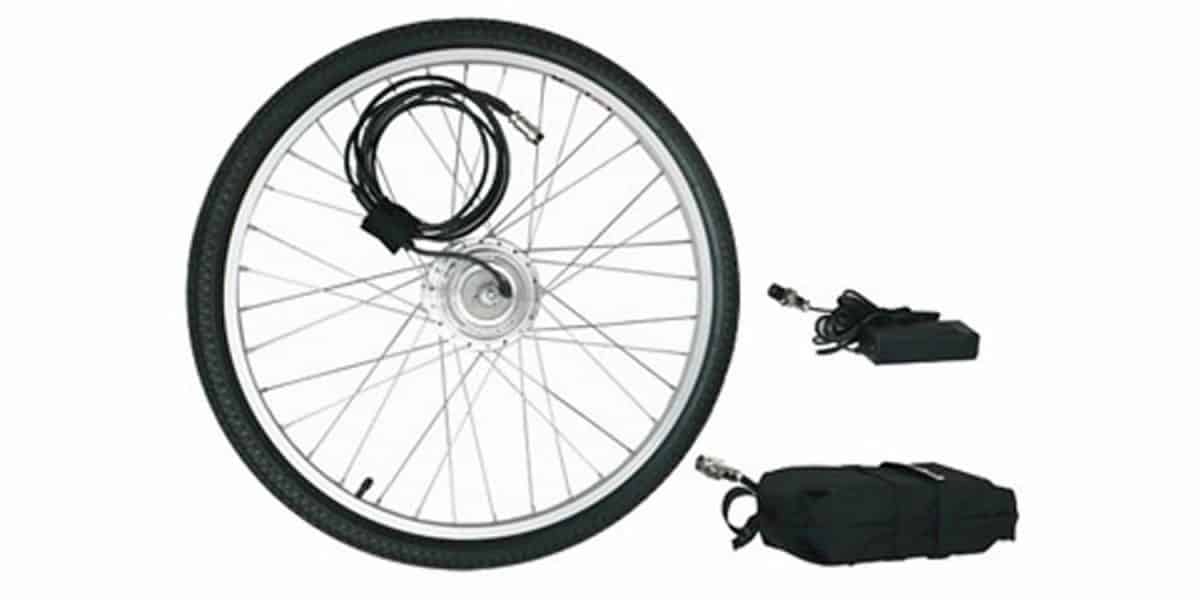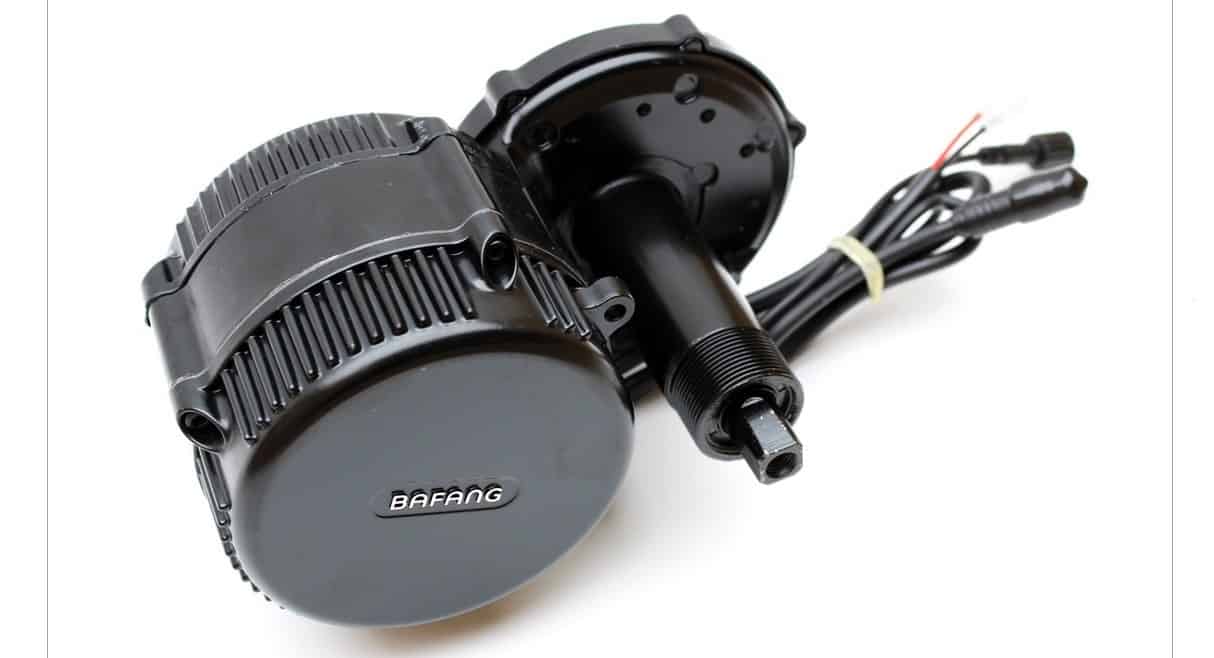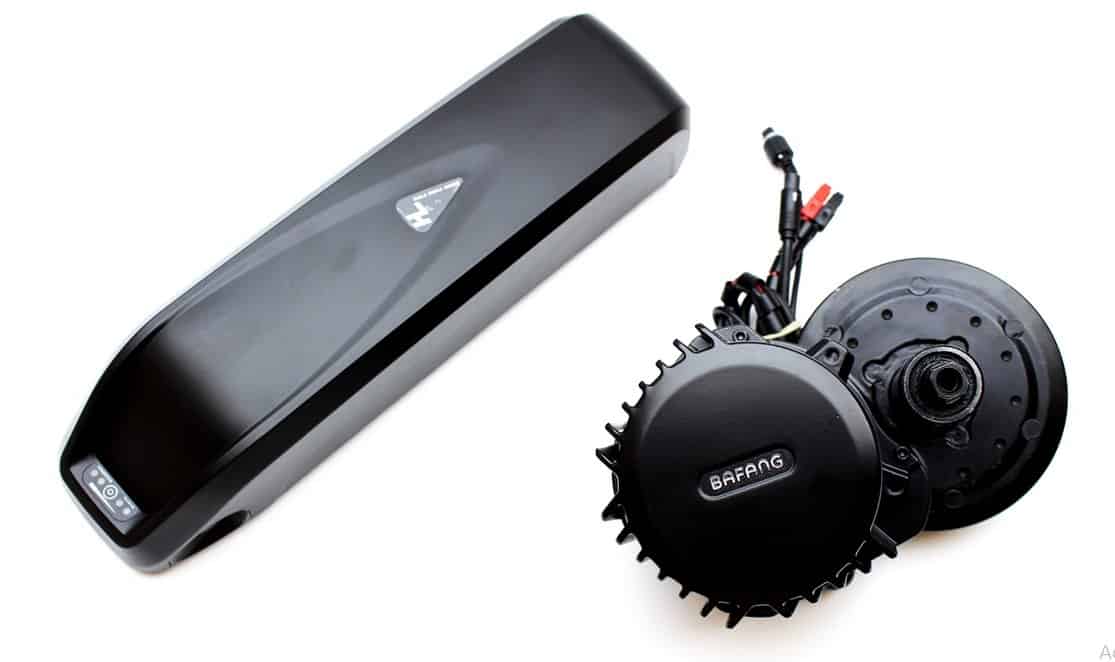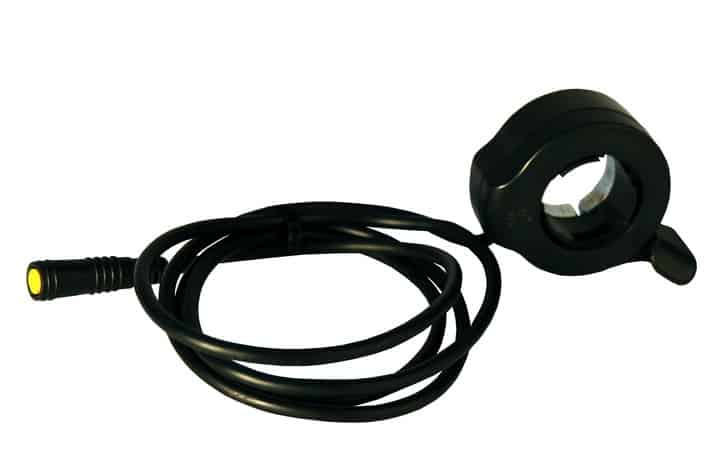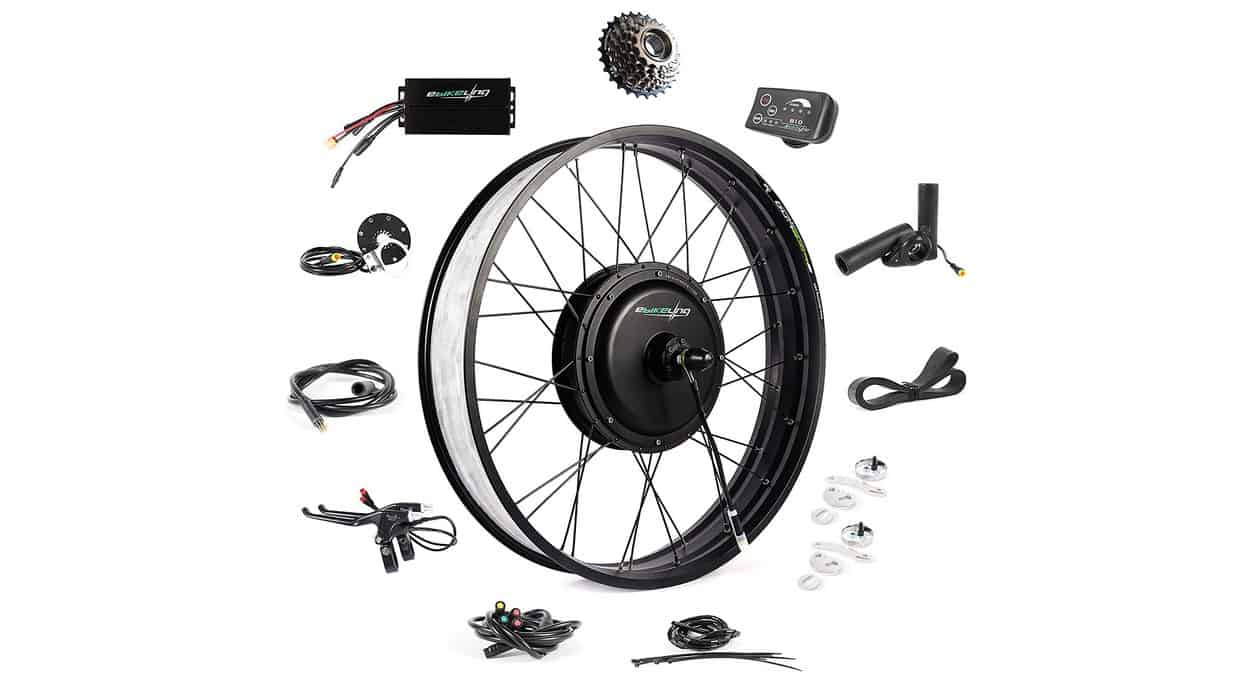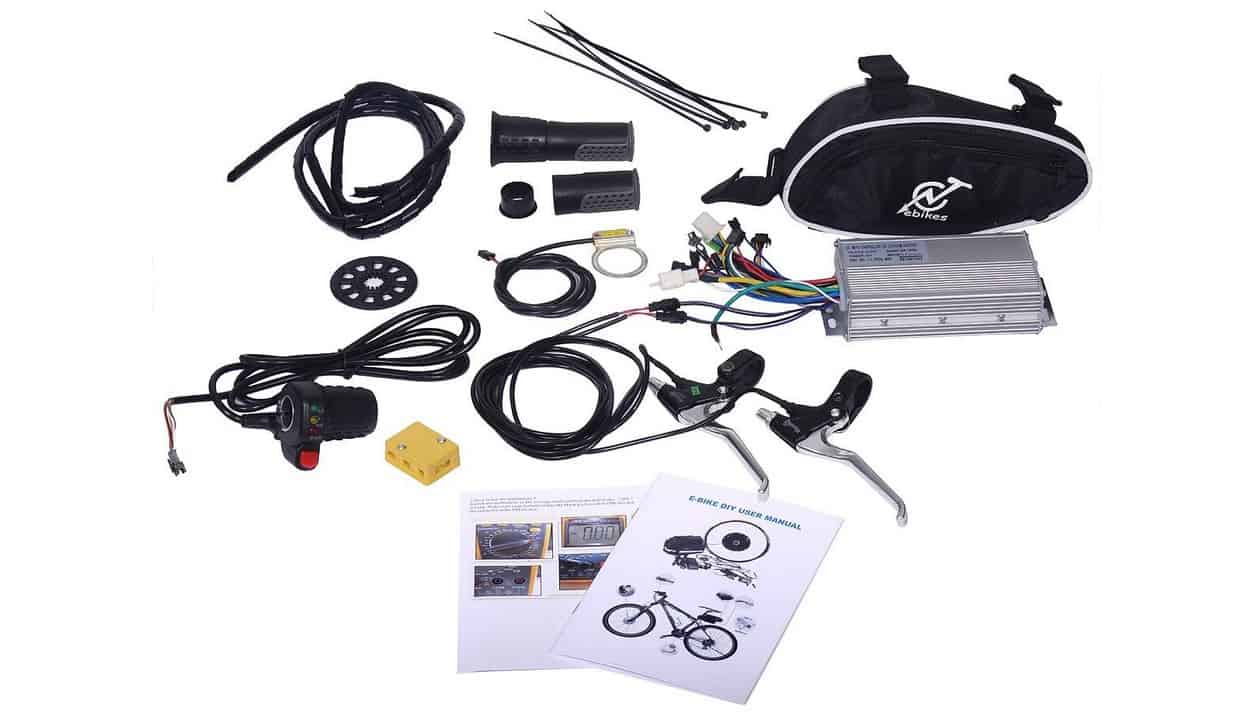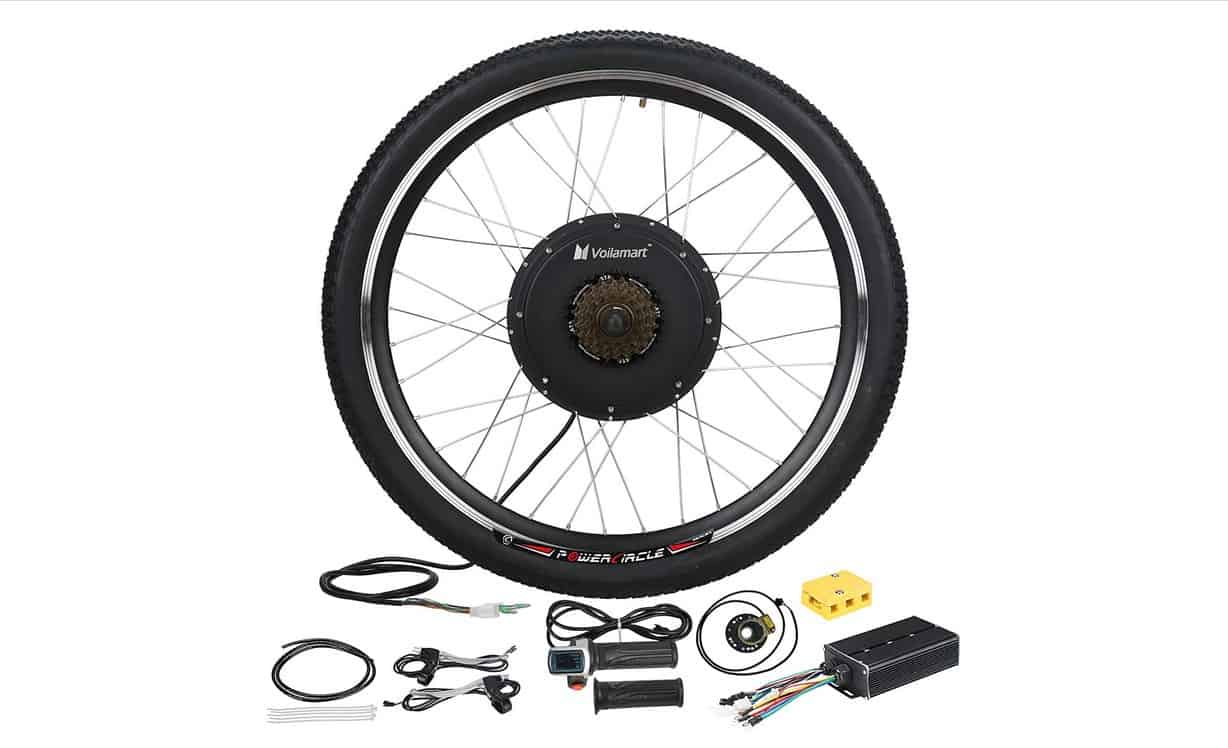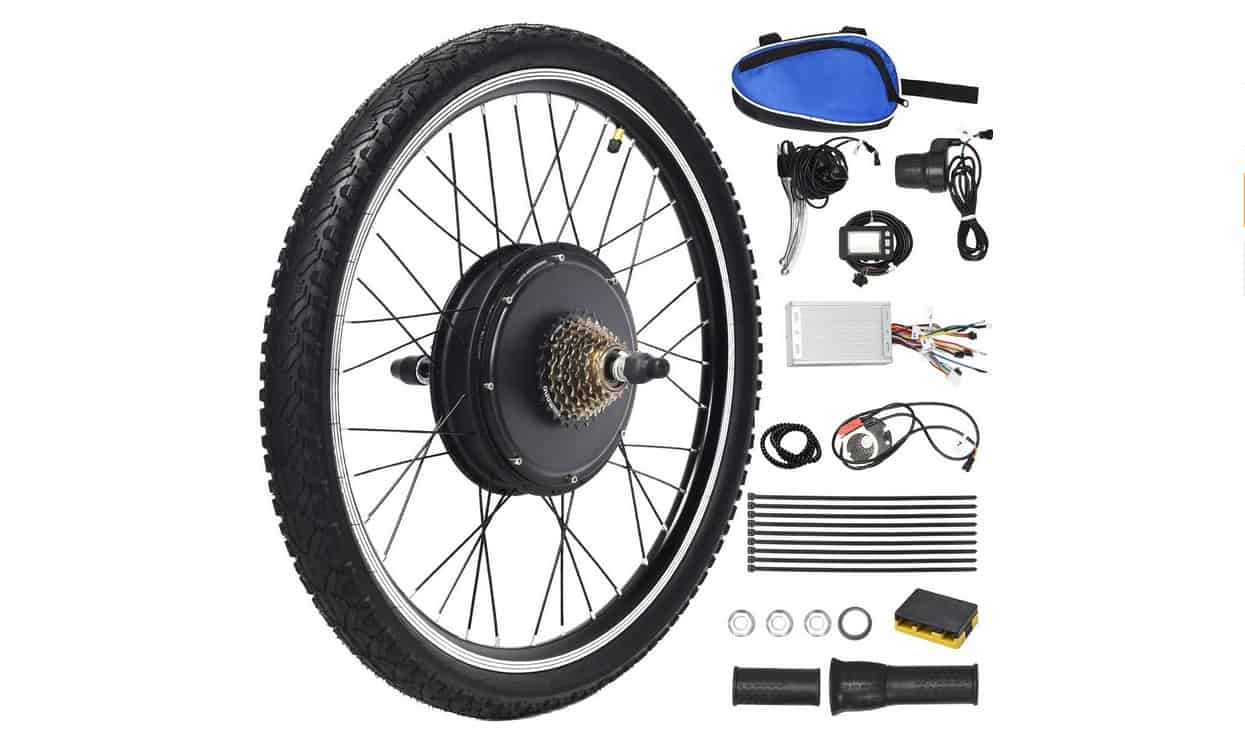There are plenty of circumstances where you may find yourself caught in the rain while riding your electric bike. Fortunately, you don’t need to worry about the rain ruining your e-bike, as long as you’re aware of the limits to its water resistance. Keep reading to learn how to best safeguard your e-bike for riding in the rain. But if you’re looking to purchase a new one, then check out the top-rated electric bikes that are on the market today.
KEY TAKEAWAYS:
- No electric bike is waterproof, but most are water-resistant.
- Always ride safely in wet conditions to prevent injury to yourself and damage to your bike.
- Dry your bike off after it gets wet to prolong its overall durability.
Can You Ride Your E-bike in the Rain?
First, it’s important to understand that you can absolutely ride your e-bike in the rain. Most electric bikes have sealed their electrical components in water-resistant materials. However, you should check the extent of your bike’s water resistance before taking it too far or getting it too wet. You should also have the right sized motor and its right placement, such that its water resistance rating works for you when riding in the rain
Understanding Your Electric Bike’s Water Resistance
Follow these tips to understand your e-bike’s water and rain resistance.
STEP 1 CHECK THE BIKE’S WATER RESISTANCE RATING
Most e-bike manufacturers have performed the proper tests to assign their products a certified water resistance rating. This is known as an Ingress Protection rating, or IP. Check with your bike’s manufacturer or read through the product documentation to find out how well your bike keeps water out. Remember that while most e-bikes have an IP rating, they are still not equipped for full immersion in water. You can get a better understanding of this by reading about how electric bikes function.
STEP 2 INSTALL FENDERS
Your e-bikes wheels are one of the biggest culprits in kicking up water while riding in the rain. This is where fenders can help. Many e-bikes have fenders already installed, but you can also install your own to ensure water doesn’t splash on important electrical components while you ride.
STEP 3RIDE SAFELY IN THE RAIN
If you don’t ride safely in the rain, you run the risk of crashing and damaging your e-bike, which could then create the potential for water damage in the electrical components. This is why it’s important to take your time while riding in wet conditions.
STEP 4 DRY THE BIKE AFTER RAIN
Once you get home from your ride, it’s important to dry off your e-bike. This is a good rule of thumb for any kind of bike, as it prevents corrosion to your bike’s integral parts. Drying off your e-bike after rain can also help prevent water from seeping accidentally into the places where electronics are housed.
STEP 5 DRY THE BIKE AFTER RAIN
While you’re protecting your e-bike, you should also consider protecting your own belongings while riding in the rain. Your bike can handle most rainy conditions with ease, but if you forget to waterproof your backpack, you may end up with a water-damaged computer or books.
F.A.Q.
Is it safe to ride an electric bike in the rain?
Your bike’s electrical components should be safe in the rain, but it’s always a good idea to ride more carefully in wet conditions.
What should I do after I ride in the rain?
After riding in the rain, you should dry off your electric bike to prevent corrosion and to prevent water from getting where it shouldn’t be.
How do I protect my e-bike from rain?
Most e-bikes offer built-in protection from the rain. However, you can still prevent water damage by avoiding puddles and extra-heavy rainstorms.
Are e-bikes waterproof?
No, e-bikes are not waterproof. Fortunately, they are water-resistant, though.
STAT: 28% of e-bike riders have replaced their car with their e-bike. (source)
REFERENCES:

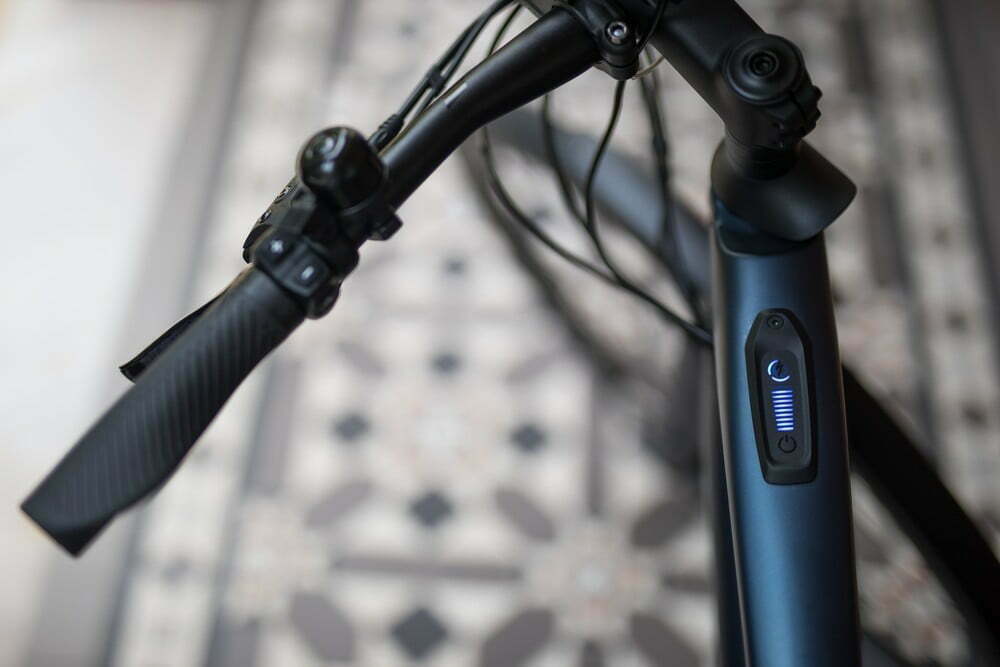













![Best Batteries for Electric Bikes in [year] 7 Best Batteries for Electric Bikes in 2026](https://www.gadgetreview.dev/wp-content/uploads/best-battery-for-electric-bike.jpeg)
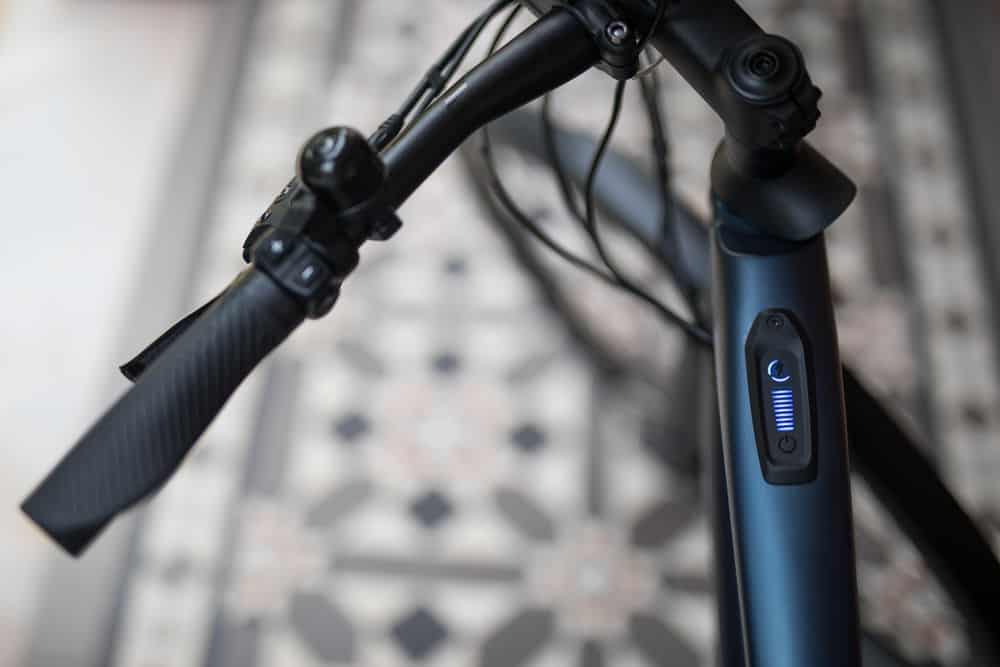
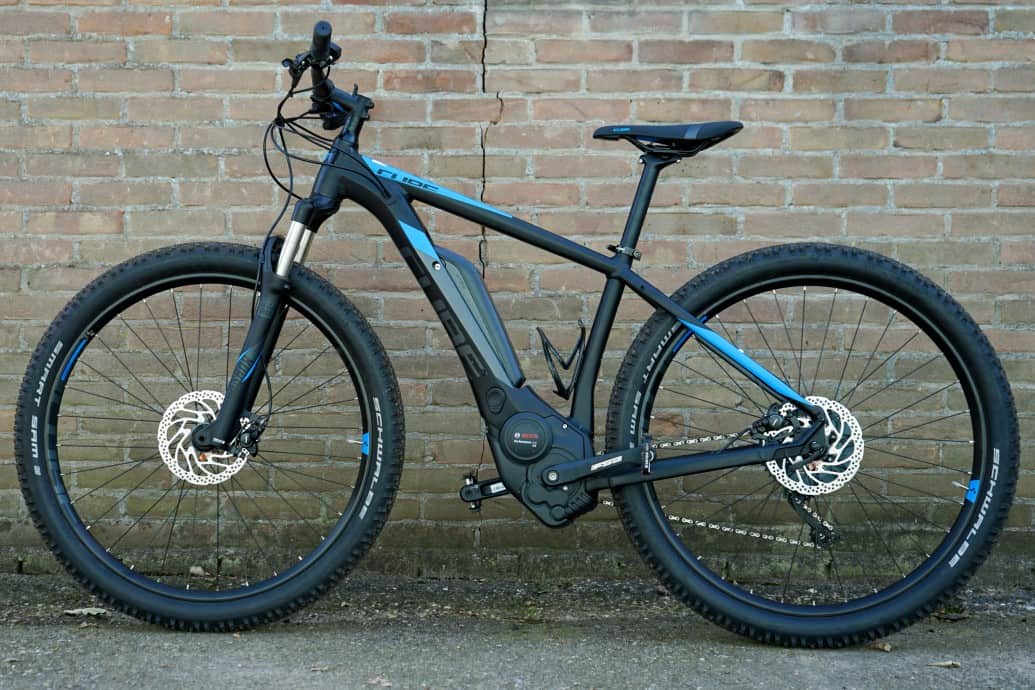
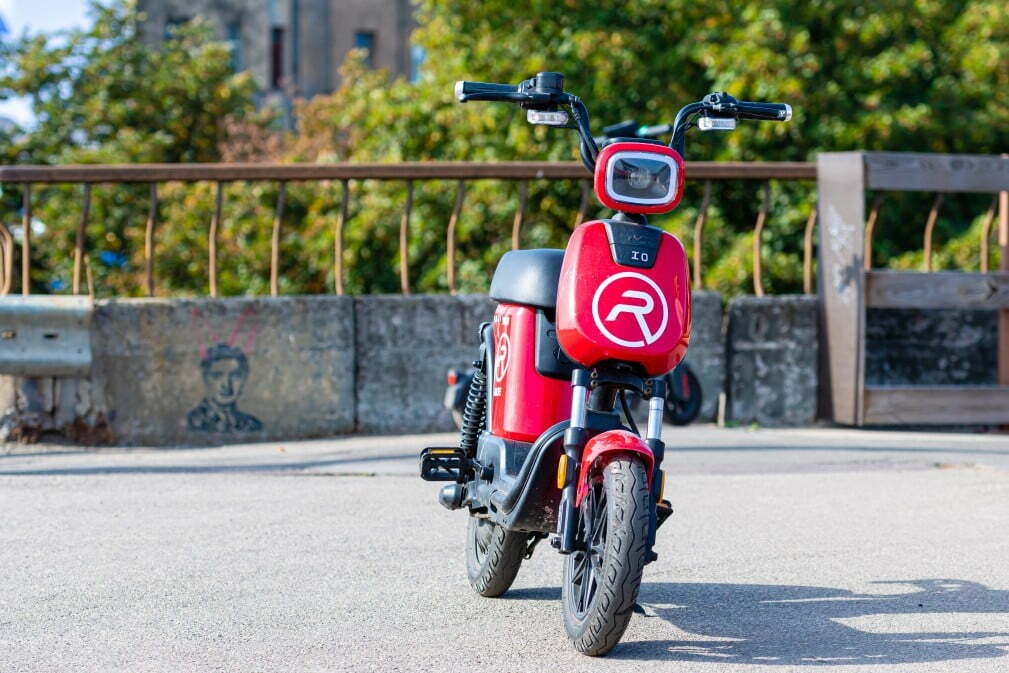
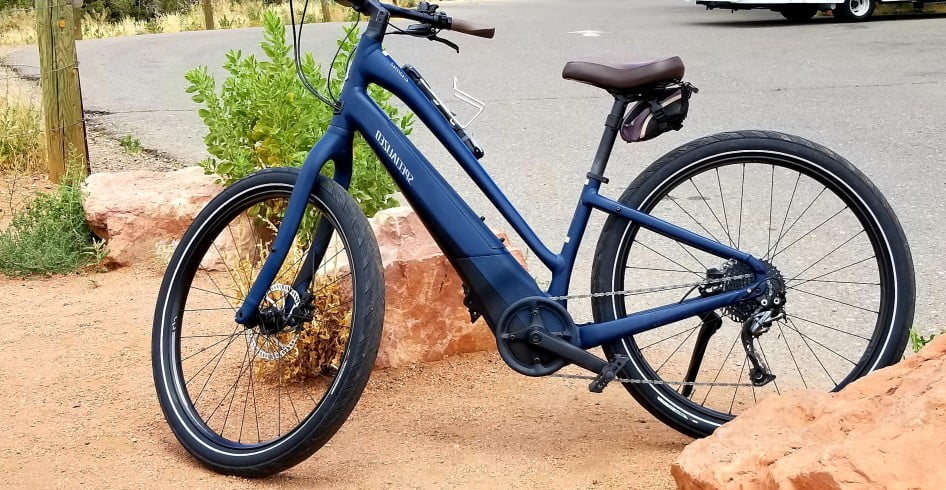
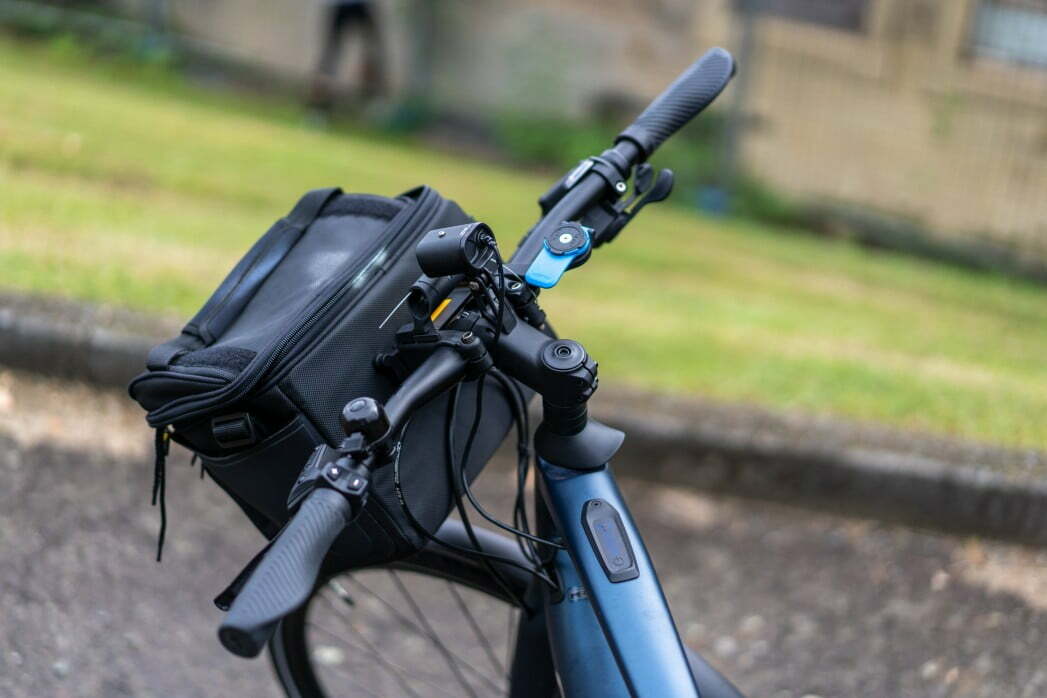
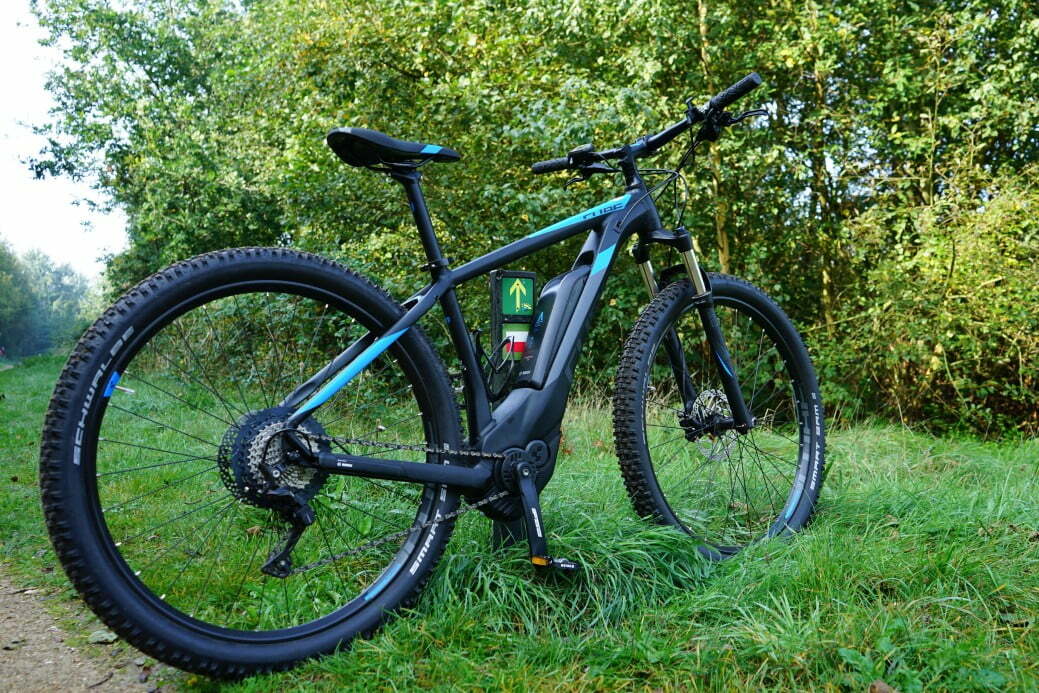

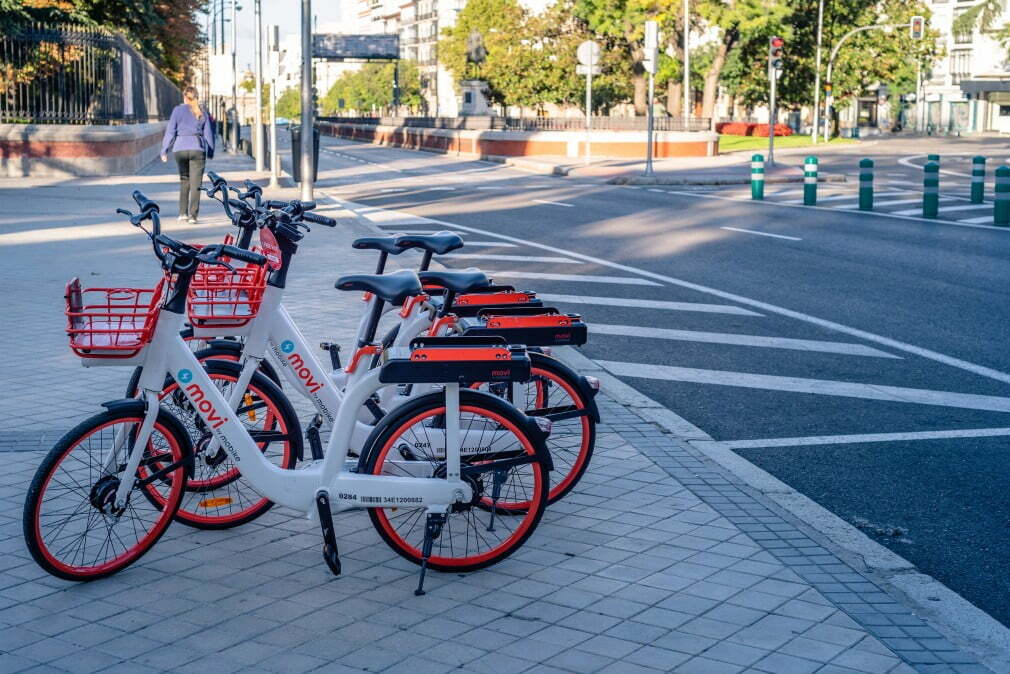
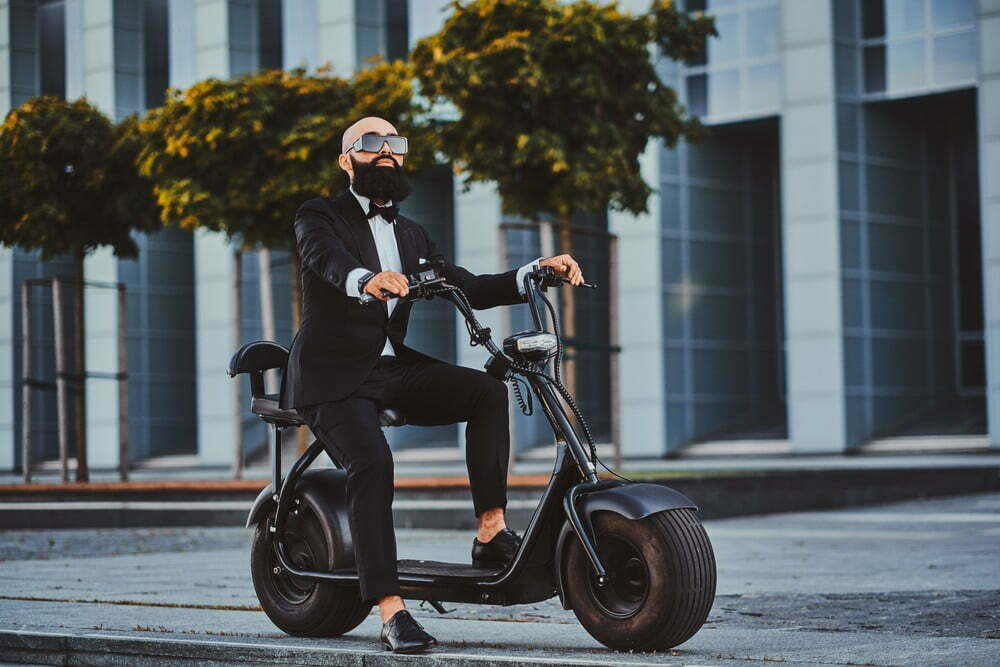
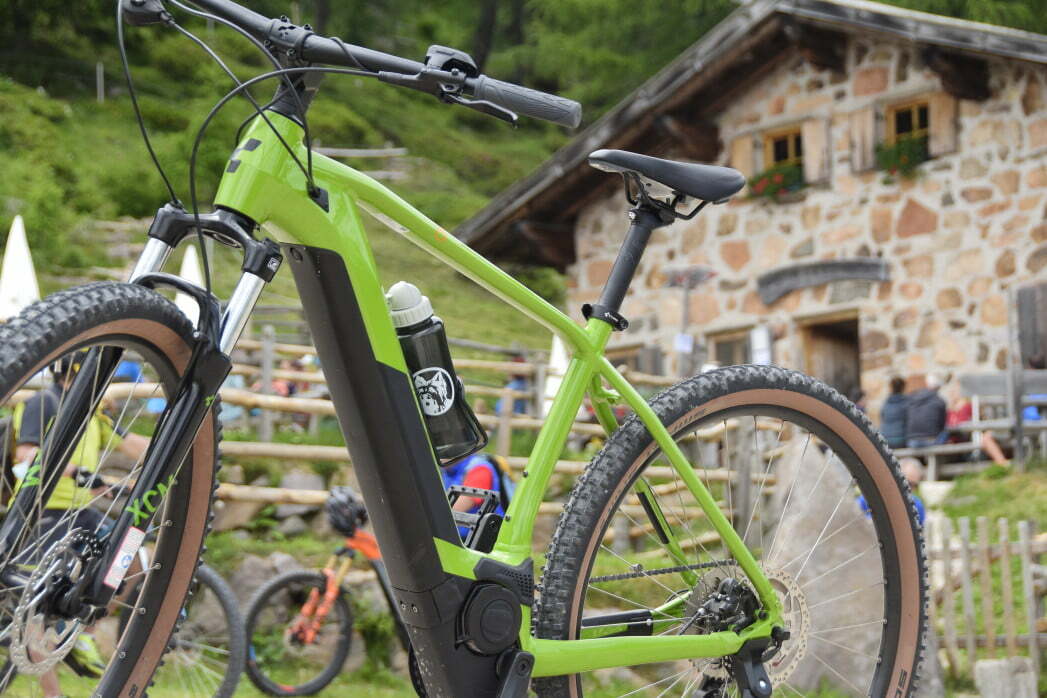
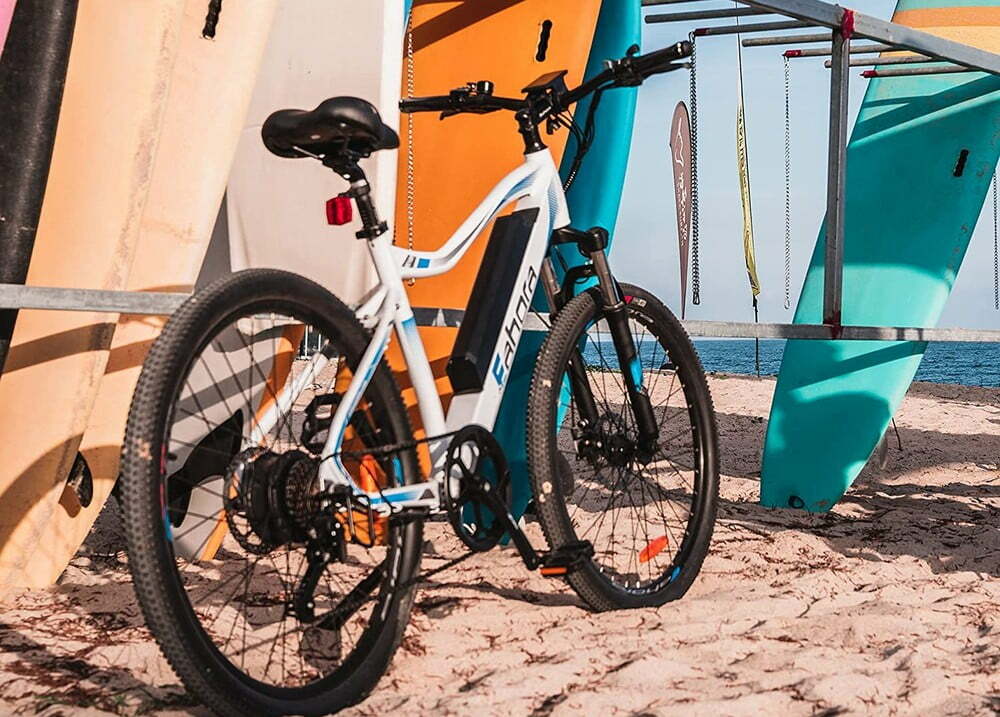
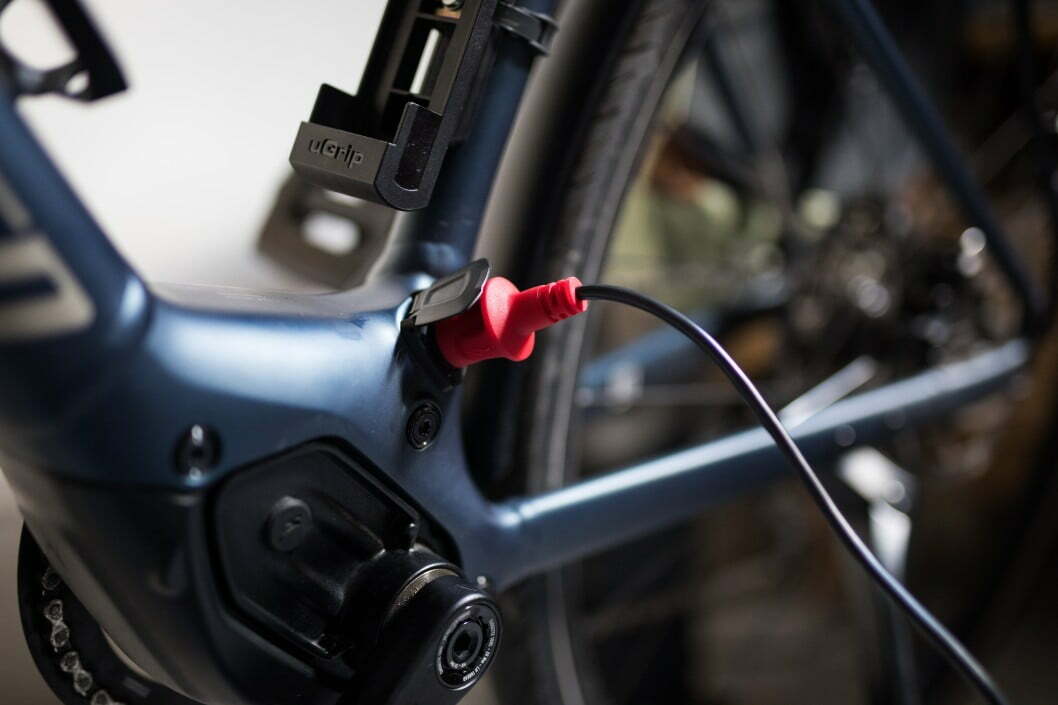
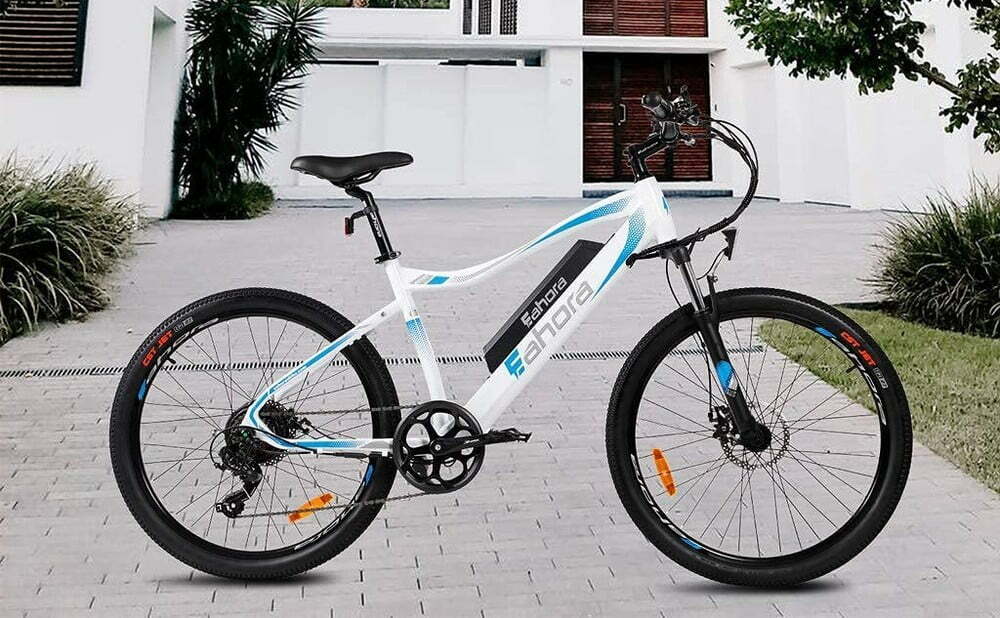
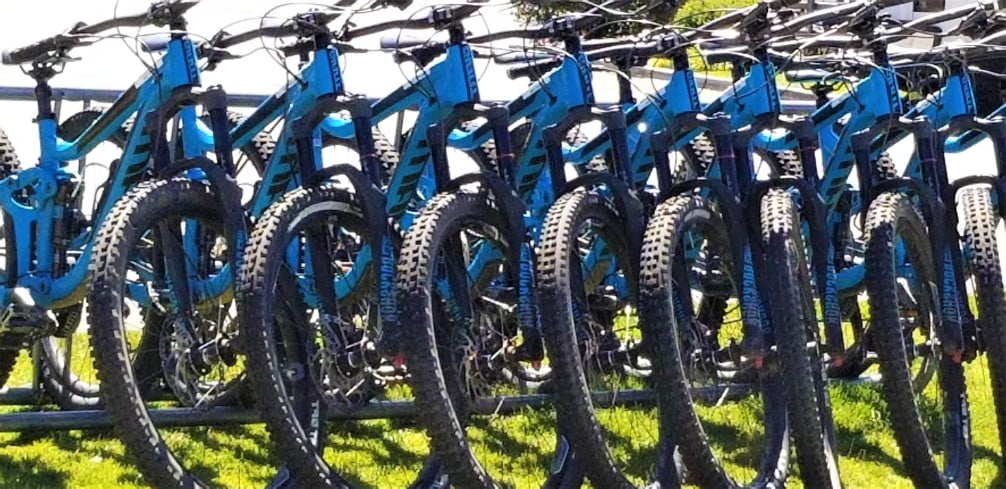

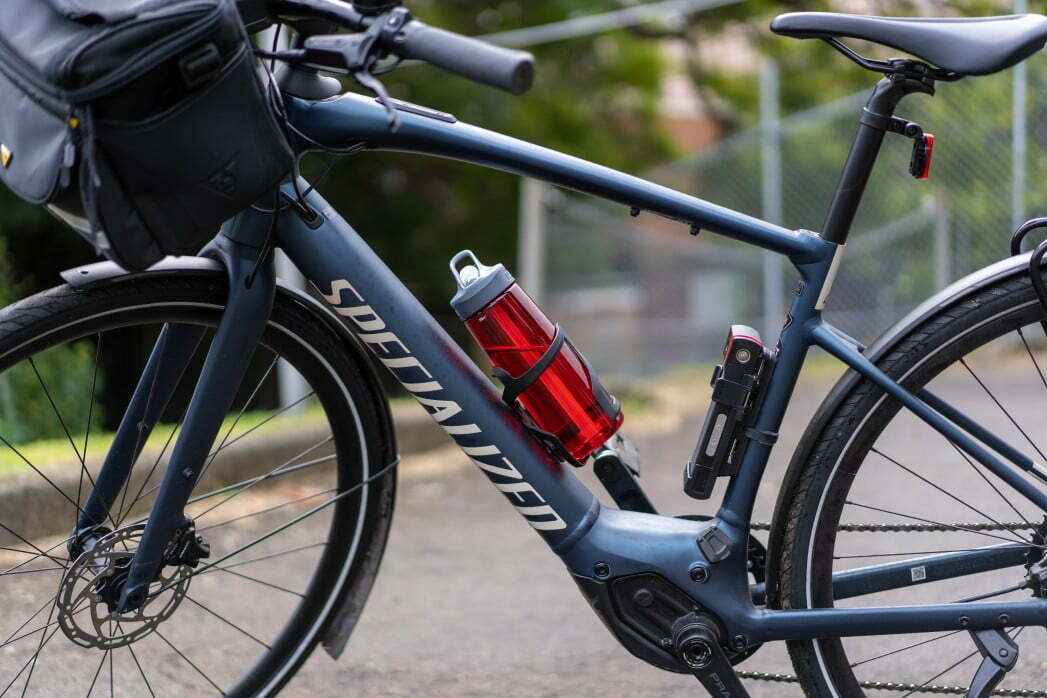
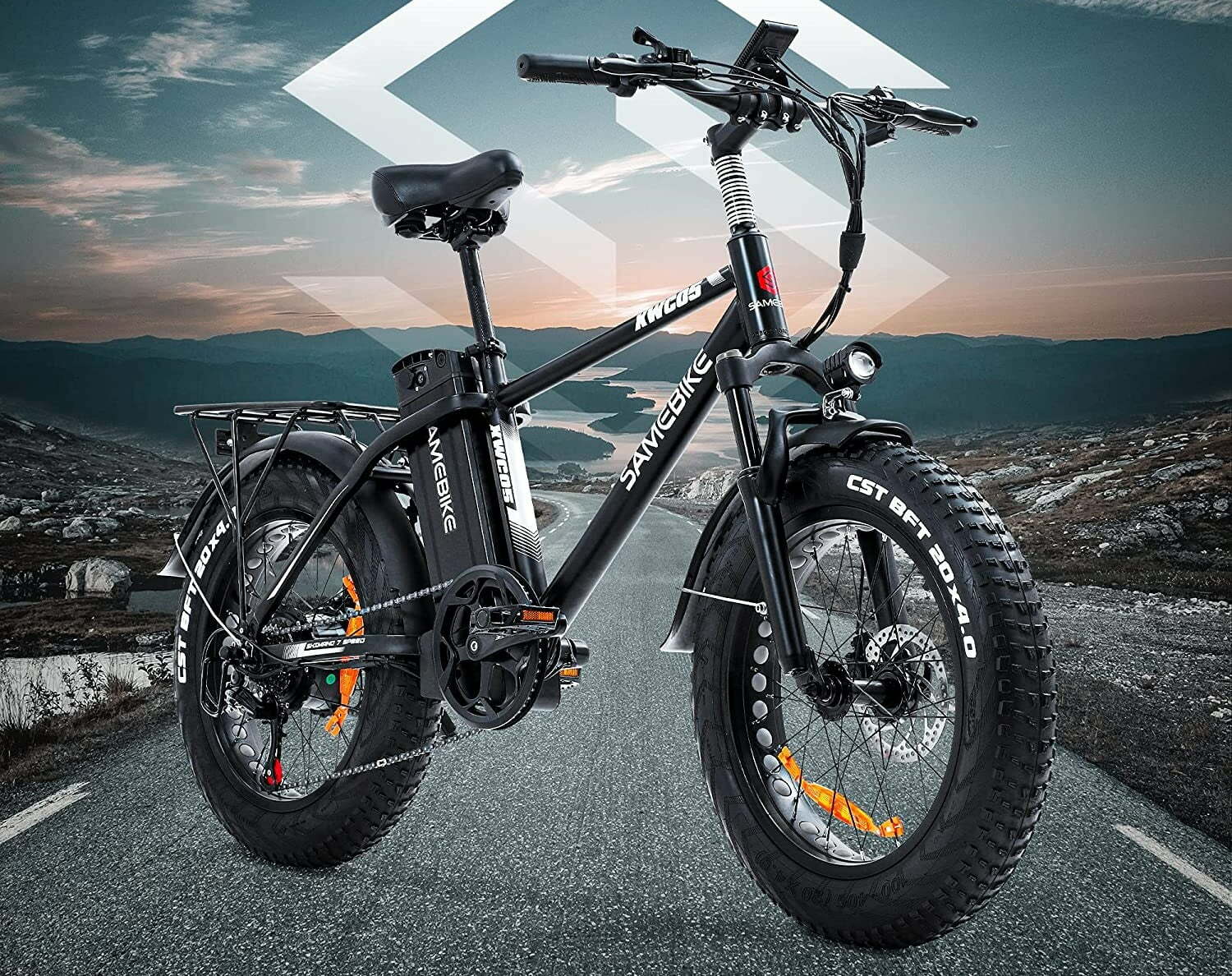
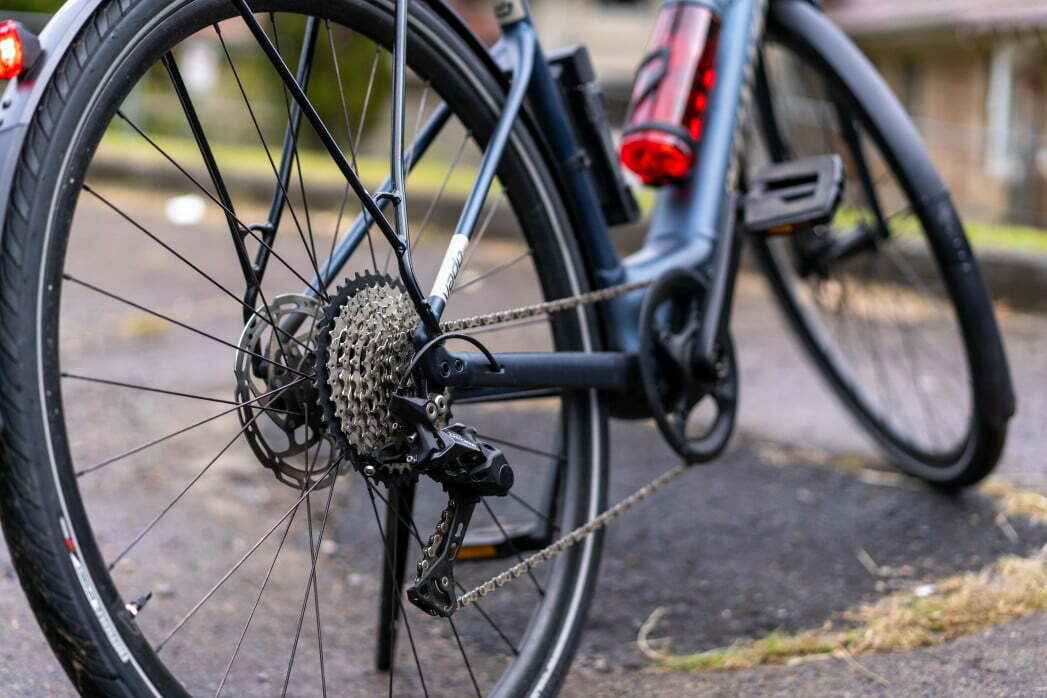
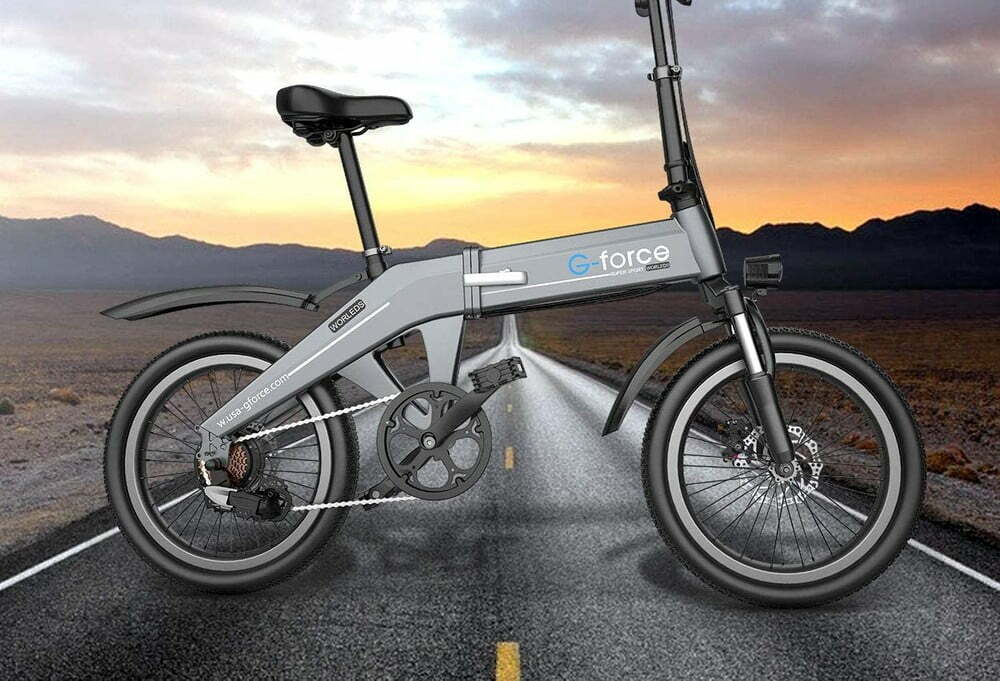
![Best Electric Bike in [year] ([month] Reviews) 27 Best Electric Bike in 2026 (January Reviews)](https://www.gadgetreview.dev/wp-content/uploads/elby-s9-750x422-1.png)
![Best Bikes in [year] ([month] Reviews) 28 Best Bikes in 2026 (January Reviews)](https://www.gadgetreview.dev/wp-content/uploads/cheapest-electric-bikes-1.jpg)
![Best Front Drive Electric Motor Bikes in [year] 29 Best Front Drive Electric Motor Bikes in 2026](https://www.gadgetreview.dev/wp-content/uploads/best-front-drive-electric-motor-bikes-image.jpg)
![Best Cannondale Electric Bikes in [year] 30 Best Cannondale Electric Bikes in 2026](https://www.gadgetreview.dev/wp-content/uploads/best-cannondale-electric-bikes-image.jpg)
![Best Luna Cycle Electric Bikes in [year] 31 Best Luna Cycle Electric Bikes in 2026](https://www.gadgetreview.dev/wp-content/uploads/Luna-Cycle-Apex-Electric-Bike.webp)
![Best Rad Power Electric Bikes in [year] 32 Best Rad Power Electric Bikes in 2026](https://www.gadgetreview.dev/wp-content/uploads/best-rad-power-electric-bikes-image.jpg)
![Best Rear Drive Motor Electric Bikes in [year] 33 Best Rear Drive Motor Electric Bikes in 2026](https://www.gadgetreview.dev/wp-content/uploads/best-rear-drive-motor-electric-bikes-image.jpg)
![Best Ebike Conversion Kits in [year] 34 Best Ebike Conversion Kits in 2026](https://www.gadgetreview.dev/wp-content/uploads/best-ebike-conversion-kit.jpg)
![Best Electric Bike Locks in [year] 35 Best Electric Bike Locks in 2026](https://www.gadgetreview.dev/wp-content/uploads/best-electric-bike-locks-image.jpg)
![Ebikes with Longest Range in [year] 36 Ebikes with Longest Range in 2026](https://www.gadgetreview.dev/wp-content/uploads/best-ebike-with-longest-range-image.jpg)
![Best Electric Bike Trailers in [year] 37 Best Electric Bike Trailers in 2026](https://www.gadgetreview.dev/wp-content/uploads/best-electric-bike-trailers-image.jpg)
![Best Bike Rack for Electric Bikes in [year] 38 Best Bike Rack for Electric Bikes in 2026](https://www.gadgetreview.dev/wp-content/uploads/best-bike-rack-for-electric-bikes-image.jpg)
![Best Electric Bike Helmets in [year] 39 Best Electric Bike Helmets in 2026](https://www.gadgetreview.dev/wp-content/uploads/best-electric-bike-helmets-image.jpg)
![Best Throttle Electric Bikes in [year] 40 Best Throttle Electric Bikes in 2026](https://www.gadgetreview.dev/wp-content/uploads/best-throttle-electric-bike-image.jpg)
![Lightest Electric Bikes in [year] 41 Lightest Electric Bikes in 2026](https://www.gadgetreview.dev/wp-content/uploads/lightest-electric-bike-image.jpg)
![Best Schwinn Electric Bikes in [year] 42 Best Schwinn Electric Bikes in 2026](https://www.gadgetreview.dev/wp-content/uploads/Electric-Bikes-image.jpg)
![Best All Terrain Electric Bikes in [year] 43 Best All Terrain Electric Bikes in 2026](https://www.gadgetreview.dev/wp-content/uploads/best-all-terrain-electric-bike-image.jpg)
![Best Cheapest Electric Bikes in [year] 44 Best Cheapest Electric Bikes in 2026](https://www.gadgetreview.dev/wp-content/uploads/cheapest-electric-bikes.jpg)
